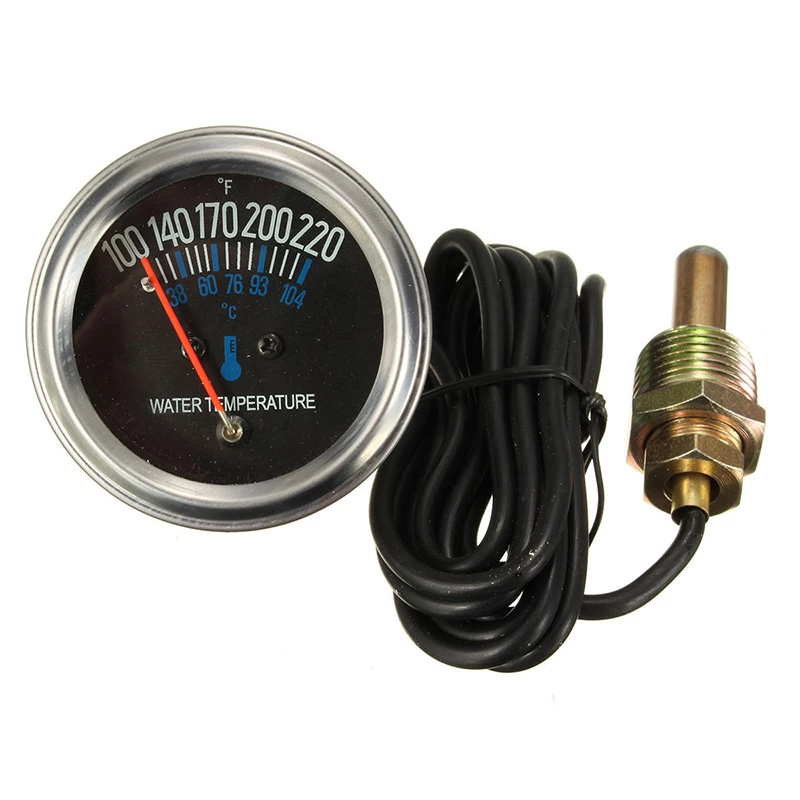Ah, the discussion has become more technical since I last visited this thread... good points made, though, that's for sure. I wasn't implying that BK would burn rubber with those larger tires, I was thinking more of top-end speed, lol. This is an interesting thread, although some of the electrical discussion is beyond me... y'all know more about that subject than I do. However, all who enjoy tinkering with machines will certainly like this thread, the challenges and the creativity involved.

I still hold with my previous assessment: get the batteries dialed in the way you want 'em, then tackle the other challenges. Maybe you'll have to mount slightly smaller tires for best overall performance... that hill-climbing in the mud would be a good example, I've been thinking along lines of mostly level terrain. However, taller tires might also affect safety on slopes by placing the CG higher: the cart would then be easier to roll while traversing those slopes, wouldn't it? If a tire 'tripped' over an obstacle?

You already have the lift kit installed, right? Maybe I need to rethink that taller tire number, go with something a little lower in profile or use smaller rims. You don't want your cart to turn into a 'lifted disco truck' (a.k.a. rollover special, lol). And you're using this cart more for utilitarian purposes than, say, racing purposes... though it'd be nice if the cart had a little pep to it for fun. Somehow, this line of thought brings back memories of the IACC boats in the America's Cup Series...

An astute Cup Class pro once commented that the perfectly-designed IACC boat would literally fall apart as it crossed the finish line... those large yet fast monohulls were on the cutting edge of development, employing lightweight space-age materials and high-tech design to attain maximum boat speed. The 110' tall rigs generated heaps of drive, so all those fancy components were stress-tested to the max during races, and even during practice things were broken or torn, lol.

That's why spectators witnessed some crazy events, like John Bertrand's boat oneAustralia going to the bottom... boat sank like a stone after her carbon fiber hull cracked, the lead in her keel dragging her down pronto. You can probably find that video on the web, it's pretty funny... no loss of life, just loss of dignity as John Bertrand was forced to leap overboard to safety. I like John Bertrand, he's one helluva sailor, and his classy response to the sinking just made him that much more likable, lol.

Anyway, my point is this: you'll be messing with this cart for a bit to bring it up to speed, and also to make the most out of it as a utilitarian vehicle. But you've ALREADY made great progress, same way those Cup Class designers and sailors figured out ways to improve their boats. Hey, look at the bright side, your cart (and its mods) cost one helluva lot less than an IACC boat, which went for at least $5M back in the day, not counting the associated costs of each racing syndicate.

So you're ahead of the game, lol... and now the America's Cup involves fast cats which are unbelievable in terms of acceleration & boat speed. The crews now wear helmets, if that gives ya any clue... can you imagine photo-shopping helmets into old historic black-and-white pictures of America's Cup racing? With crews from the 1800s and early 1900s wearing helmets? Ridiculous... and humorous too. Meh, I'm done here, just keep up the good work, aye? You da man!!!

Edit: Found a video of oneAustralia sinking, the commentator is clueless but the video says it all, lol. Nice 'Billionaire Boys Club' logo on the hull & main, those rich wanks never felt the loss, lol.
 oneAustralia going down...
oneAustralia going down...
Edit #2: This video seems dated now that I watch it again, but at the time, those racing syndicates were pushing the envelope for monohull performance... and even though they were using materials like carbon fiber and titanium, gear and equipment still FAILED under enormous forces, stresses, etc. Look at the cats used in today's racing, and those craft are astounding in their performance... just outright astounding.





 .
.